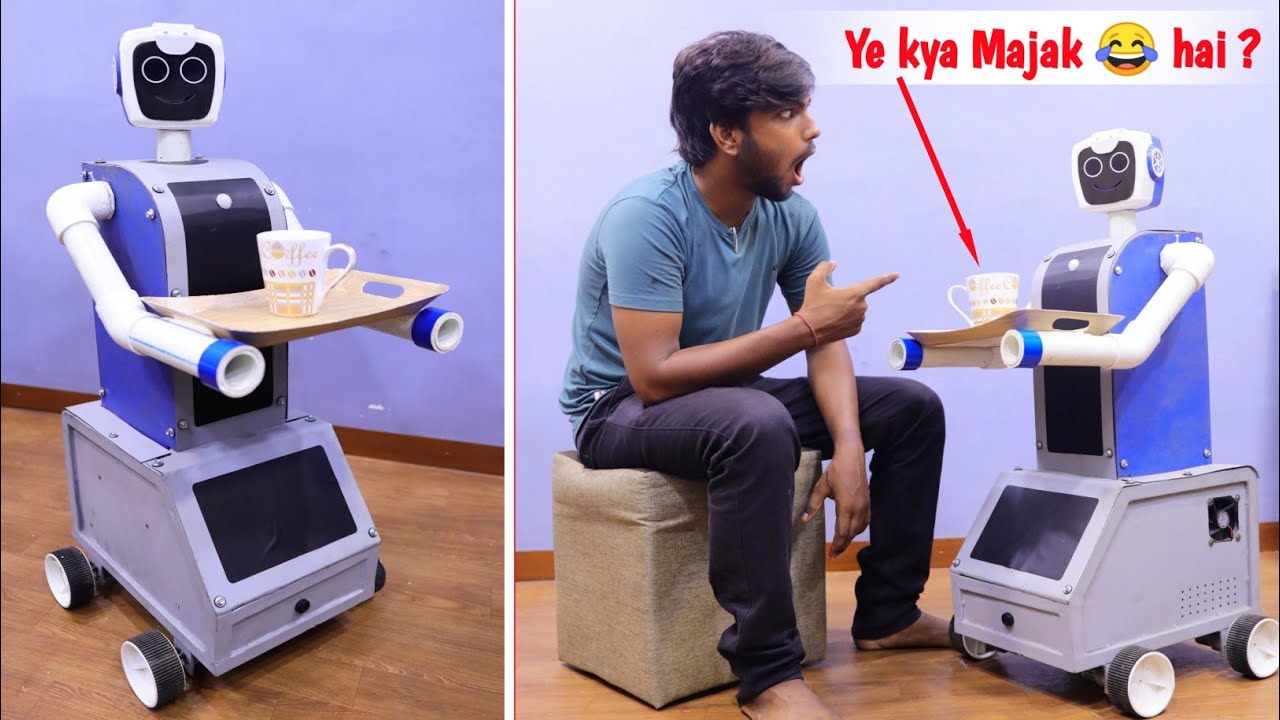
How to build a smart robot using modern technologies?
In today’s fast-paced world, technology is advancing at an exponential rate. One of the most exciting fields that has seen significant growth in recent years is robotics. Robots are no longer just science fiction – they are becoming an integral part of our lives in various industries such as manufacturing, healthcare, and even entertainment.
The Rise of Smart Robots
What exactly is a smart robot, and how is it different from conventional robots? Smart robots are equipped with advanced technologies such as artificial intelligence, machine learning, and computer vision, allowing them to perform tasks autonomously and adapt to their environment. These robots have the ability to learn from their experiences and make decisions based on the data they collect.
Building a smart robot may seem like a daunting task, but with the right guidance and resources, it is definitely achievable. In this article, we will discuss the steps involved in creating a smart robot using modern technologies.
Step 1: Define the Purpose and Requirements
The first step in building a smart robot is to clearly define its purpose and requirements. What tasks do you want the robot to perform? Will it need to navigate through a complex environment, interact with humans, or carry out specific actions? By outlining the goals of the project, you can better determine the technologies and components needed to achieve them.
Step 2: Choose the Right Hardware and Software
Once you have established the goals of your project, the next step is to select the appropriate hardware and software components. When it comes to hardware, you will need to choose a microcontroller or single-board computer to act as the brain of the robot. Popular choices include Arduino, Raspberry Pi, and NVIDIA Jetson.
For software, you will need to decide on the programming language and development environment. Python is a versatile language commonly used in robotics due to its simplicity and extensive libraries for AI and machine learning. Additionally, you may want to consider using ROS (Robot Operating System) for managing robot hardware and software components.
Step 3: Implement Sensors and Actuators
Sensors and actuators are crucial components that enable a robot to interact with its environment. Sensors such as cameras, LiDAR, ultrasonic, and infrared sensors provide the robot with data about its surroundings, while actuators such as motors and servos allow the robot to move and perform tasks.
Integrating sensors and actuators into your robot design requires careful consideration of the hardware and software interfaces. You will need to calibrate sensors, process sensor data, and control actuators using the chosen microcontroller or single-board computer.
Step 4: Implement Artificial Intelligence and Machine Learning
To make your robot truly smart and autonomous, you will need to implement artificial intelligence and machine learning algorithms. These technologies enable the robot to analyze data, make decisions, and learn from its interactions with the environment.
There are various AI and machine learning libraries and frameworks available that you can leverage for your robot project. TensorFlow, PyTorch, and OpenCV are popular choices for implementing computer vision, object recognition, and other AI capabilities in robots.
Step 5: Test and Iterate
Once you have assembled the hardware, written the software, and integrated the sensors and actuators, it is time to test your smart robot. Start with simple tasks to ensure that the robot functions as intended. Observe its behavior, analyze the data collected, and iterate on the design to improve performance and reliability.
Testing is an essential part of the development process, as it helps identify potential issues and refine the robot’s capabilities. By conducting thorough testing and gathering feedback, you can fine-tune your robot to meet the desired requirements and achieve optimal performance.
Conclusion
Building a smart robot using modern technologies is a rewarding and challenging endeavor. By following the steps outlined in this article and leveraging the latest advancements in robotics, you can create a robot that is intelligent, adaptable, and capable of performing a wide range of tasks.
Whether you are a hobbyist, student, or professional, building a smart robot is a great way to explore cutting-edge technologies, expand your skills, and unlock new opportunities in the field of robotics. So, roll up your sleeves, unleash your creativity, and embark on the exciting journey of building your own smart robot!
Was this helpful?
0 / 0